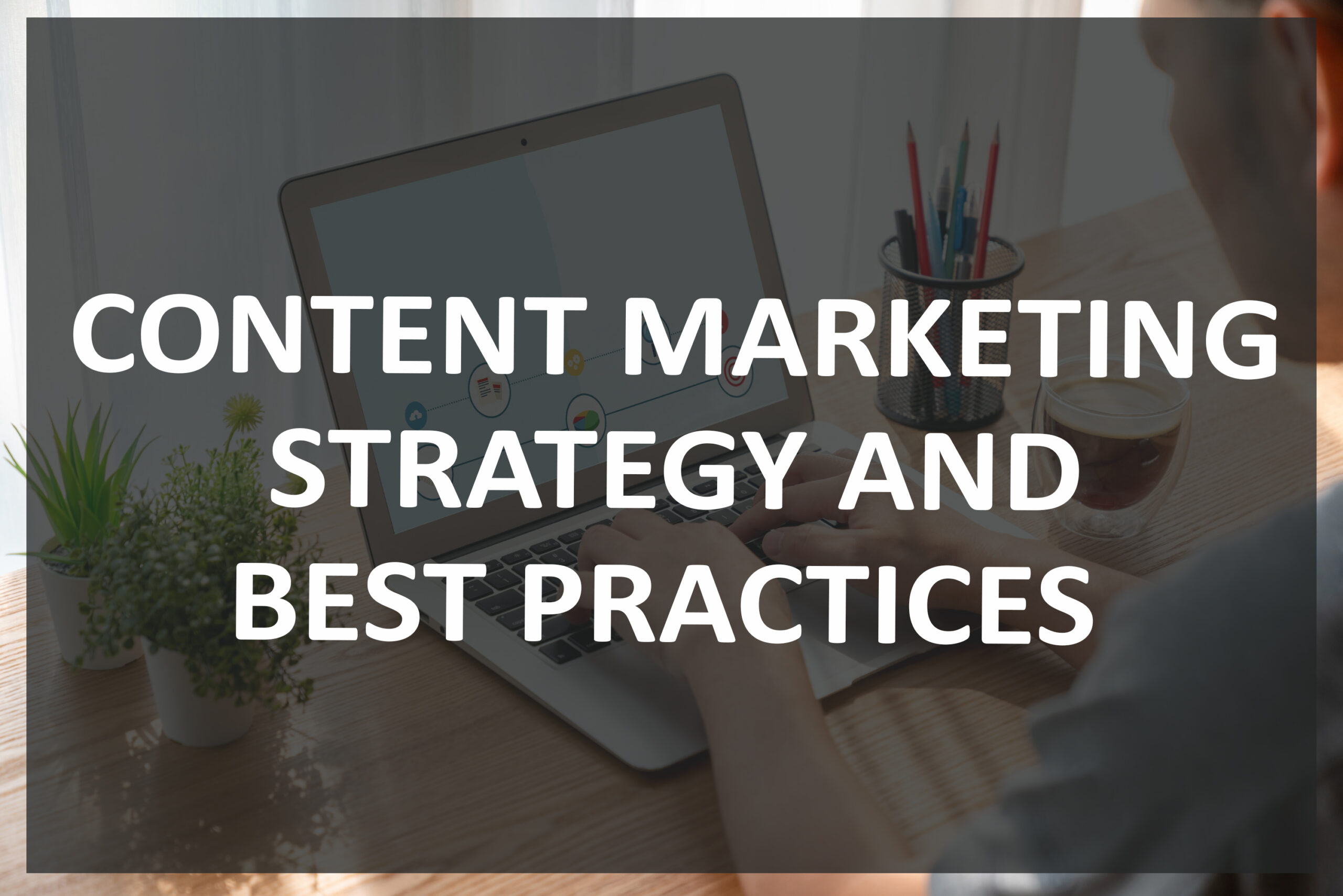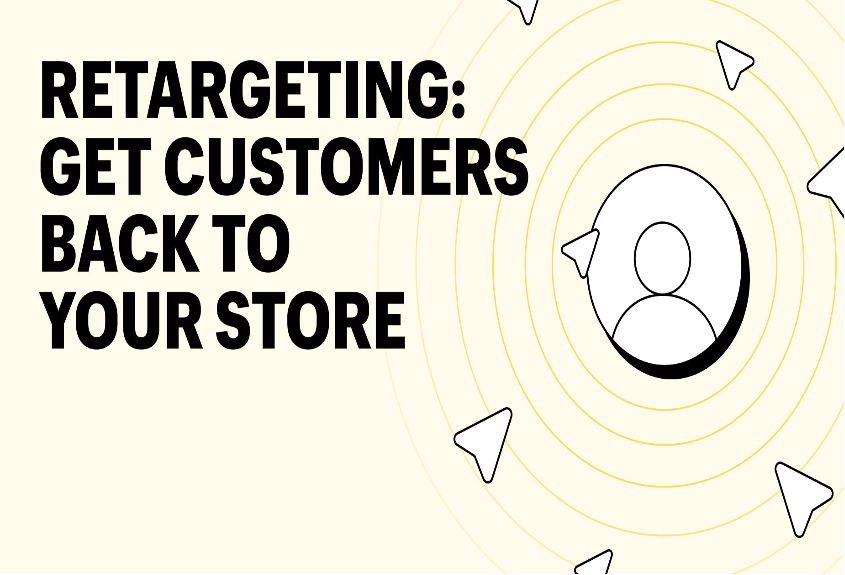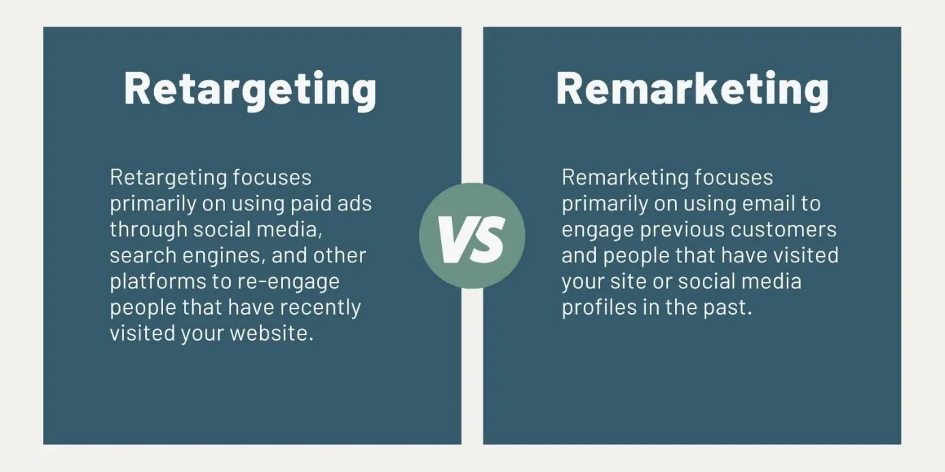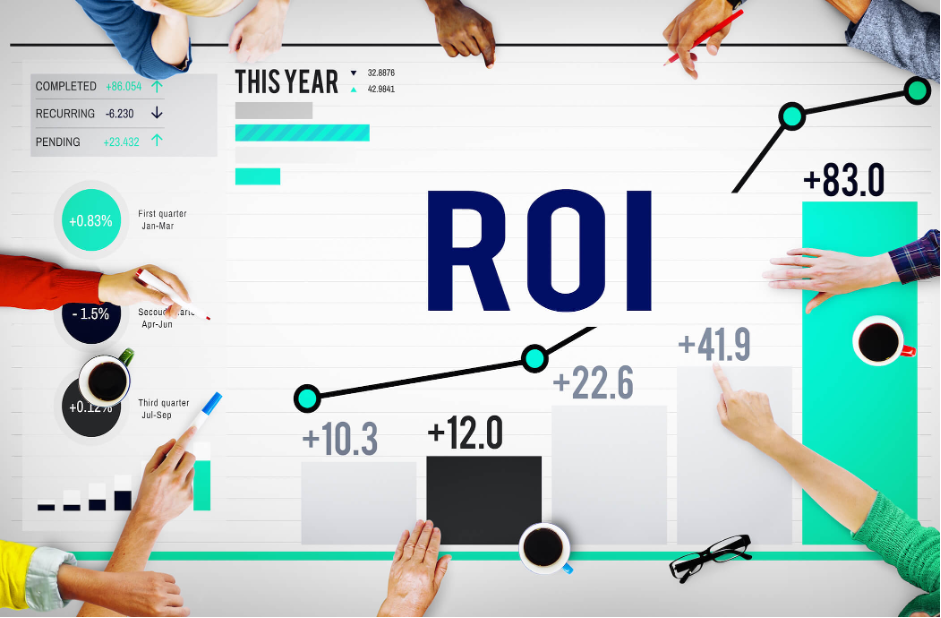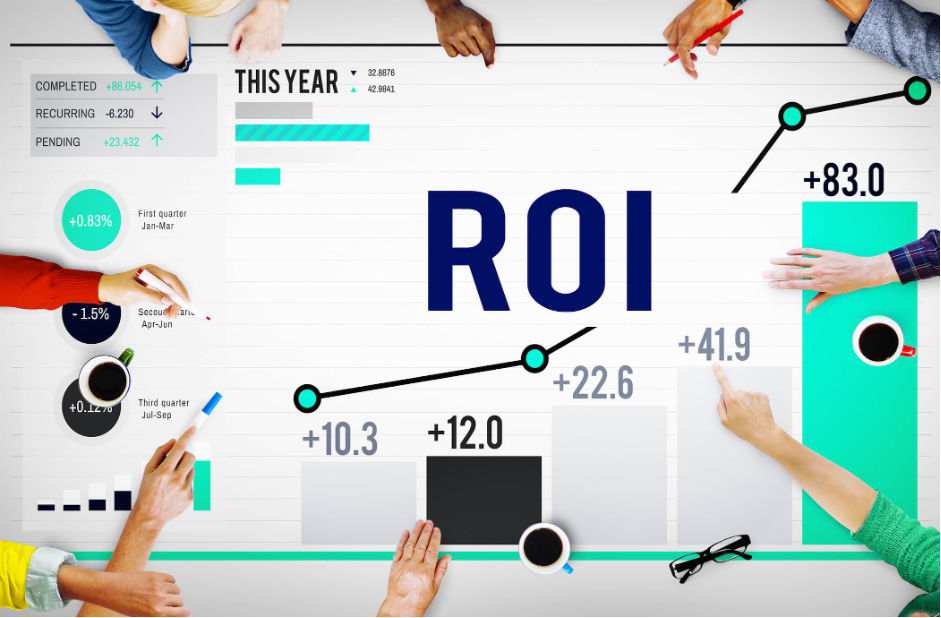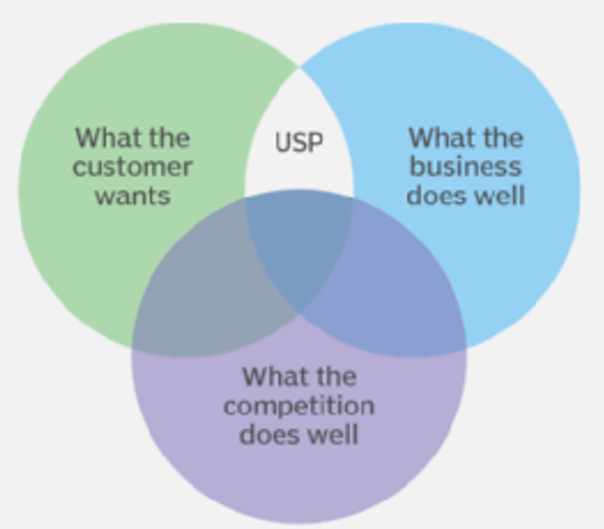INTRODUCTION
In the era of digital revolution, content marketing has become the primary tool for every business. We are here to help you amplify content marketing strategy for your brand. Let’s get you a kickstart for a digital content marketing strategy and help you follow the digital content marketing best practices.
What is Content Marketing Strategy?
Content marketing strategy is your way to build a top-notch plan to use your content best to reach your target audience. Your consistent practice of entertaining your audience with engaging content is what content marketing is all about. It’s an action plan that helps you augment your digital marketing and social media efforts. A content marketing strategy lets your customers decode your message integrated with the brand story you share with your existing and potential customers. A content calendar, often called a “content plan,” is a documented strategy that will assist you in organizing your content distribution schedule.
Why do we need a Content Marketing Strategy?
You must be trying to understand why I should develop a content marketing strategy. Having a content marketing strategy, you may establish precise objectives, unambiguous success measures, and procedures for targeted enhancement. Content is not a king; it’s a kingdom, and your content marketing strategy lets you perfectly rule your content kingdom. It would be best to have a content marketing strategy for several reasons. Relying on a hit-and-trial method for your content marketing has no position in digital content marketing. You may not believe that over 80% of marketers achieve remarkable success with content marketing influenced by a defined approach.

Content marketing 7 step strategy building process
Stay updated with your content marketing strategy in the age of changing customer needs, which needs a firm plan or process to be in place. How? Following these simple 7step process of building a content marketing strategy can back you up for meeting your business objectives:
Step 1: A Buyer’s Persona
The simplest way to begin with your content marketing plan is by determining who your target market is. Use educational or amusing material to draw readers into your brand’s universe. When they’re ready to act, remember to provide information clarifying how you can support them. Analyze your market niche. Find the “Audience” report for a more detailed perspective of your target audience, such as their demographics, socioeconomic situation, and social media preferences.
Step 2: Review Your Existing Content
Arranging, evaluating, and enhancing your current material is a content review. For the best outcomes, find the answers to these questions:
- Which keywords and content categories are doing the best?
- Which kind of material leads to the highest levels of interaction and conversions?
- Which is the highest traffic-generating channel?
Step 3: Developing New Goals
Setting goals for your content marketing is crucial before you start producing content. Think about the top business and marketing goals that your firm has. Think about the ways that material can further these larger objectives. Decide which content marketing KPIs are essential to you. When establishing objectives for your content strategy, consider the buyer’s journey.
Step 4: Develop an Exclusive Content Calendar & Publishing Plan
Setting priorities is a crucial component of content planning. After choosing your content themes, the very first thing you need to do is determine which duties are the most important. Both your audience research findings and your competition research should provide this knowledge. Creating subject clusters is one of the best methods for content organization. It follows SEO-recommended practices as well. Consider the goal of even a minute of content you intend to create before starting the content production process, and then begin a content journey based on that objective. Next, devise strategies in advance to improve the efficacy of content generation. You may then concentrate more on producing higher-quality content.
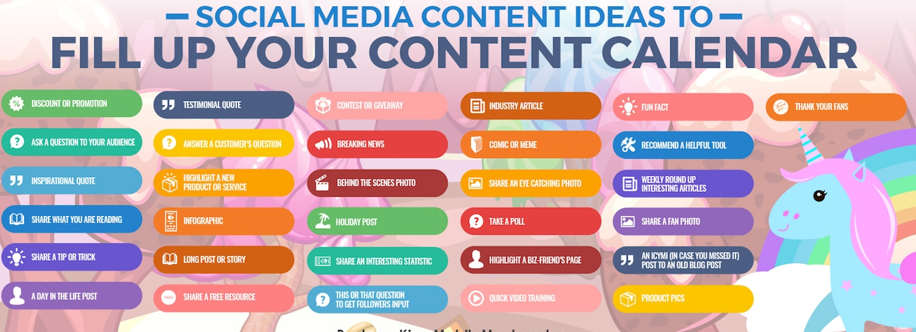
Step 5: Develop Your Content
Your audience’s attention might be drawn in by original material. as it enables you to differentiate yourself from the competitors. The best answer to be relevant to every demographic participant is incorporating various material types. After it’s released, rework the material to appeal to readers who might prefer a format differently. Incorporate user-generated content (UGC) into your strategy to enhance audience perceptions of you.
Step 6: Content Distribution Plan
You must ensure that your material reaches the appropriate audience at the proper moment to succeed in content marketing. The content distribution plan is used in this situation. Visualize your media mix to get started.
Step 7: Consistent Content Performance Evaluation
The most effective way to determine what material appeals to your audience is to analyze the performance of your content. To receive updates on target keywords, monitor page performance, and get in touch with the relevant Position Tracking tool.
Content Marketing Trends for 2024
The only way to crack your content marketing is for a reader to say this content is specifically made for me. Here are some content marketing trends every business must follow in 2024:

Short Video Trend
With the rise of platforms such as Instagram Reels, TikTok, & YouTube Shorts, the demand for short content videos has reached unimaginable heights. Users can get quick amusement and knowledge from short-form videos. Out of all the social media material, short-form videos offer the best return on investment.
Podcast
The popularity of podcasts is only increasing. Given the rise in podcast listeners, it makes sense for companies to put money into podcasts. Podcasts are ideal for marketing, fostering relationships, giving listeners something of value, raising brand awareness, and creating authority.
AI-supported Content
It is unlikely that artificial intelligence (AI) would be able to create fully realized, polished material without human involvement. Even with AI-generated content, content specialists must still do a significant amount of writing and editing to guarantee quality and brand consistency.
Omnichannel Marketing
Large companies manage round-the-clock digital marketing initiatives. Thus, omnichannel marketing encompasses techniques that don’t rely on conventional channels, such as emails and social media advertisements. It covers traditional (offline) marketing, push notifications on mobile devices, and instant messaging.
Memes
Memes may make it easier for marketers to convey complex material. Furthermore, it will only need a small amount of time for the audience yet have a more significant overall impact. Despite their lighthearted quality, companies employ memes to highlight consumer problems and their solutions—regardless of how severe or unfunny those answers may be.
Threads
Meta Platforms introduced Threads, a brand-new social media marketing tool, on July 5, 2023. According to Mark Zuckerberg, Threads had over 5 million sign-ups in the first four hours. And it attracted almost 100 million users in just 4–6 days.
Interactive Content- Quizzes and Polls
Online polls have been available for a very long time. Interactive, however, goes beyond that. Engaging users with interactive content boosts engagement and offers insightful data about your audience.
Content Marketing Best Practices List
Maintain Consistency and Keep Learning

Making judgments regarding the kind of material you publish for your audience requires knowledge about your audience. It all comes down to attending to their needs and delving deeply into their objectives, issues, habits, and motives. This procedure can be aided by drafting briefs or buyer personas. You will eventually be able to develop sympathetic content marketing strategies that connect with your audience on a deeper level by performing research. Maintaining a consistent content strategy can help you establish trust and stay at the forefront of your target audience’s thoughts. You established credibility and trust with the target audience by delivering dependable, excellent content.
Don’t Hassle
It would be best to have a solid plan to succeed in your content marketing. Setting aside some time to thoroughly consider your goals for your content marketing endeavors and explore potential ideas is beneficial. Are you trying to draw attention to a new offering, or are you trying to build awareness of your brand? Do you want to strengthen your competitive edge and become recognized as an innovator? The responses to these queries will be the basis for your future strategy and plan. Spend some time creating attainable goals throughout the ideation and brainstorming stages. Research should align with every little piece of content you make, indicating that previous attempts at producing something comparable have been effective. But it’s crucial to remember that your objectives should be reachable rather than implausible.
Personalize Your Content
Personalization is essential since it promotes total sales, long-term growth, and client connections. It implies getting to know your client and understanding their needs to address an issue they may be having. If you can do this, they will return time and time. Marketers need to adapt to the ever-increasing expectations of their customers while maintaining their audiences’ confidence. It entails letting customers find their ways to make organic purchases. One approach to achieving this is establishing oneself as an authority in the field. When buyers look up information about your goods or services, they’ll come across your well-written content, which will pique their interest.
Also Read: How to measure the ROI of your marketing campaigns

